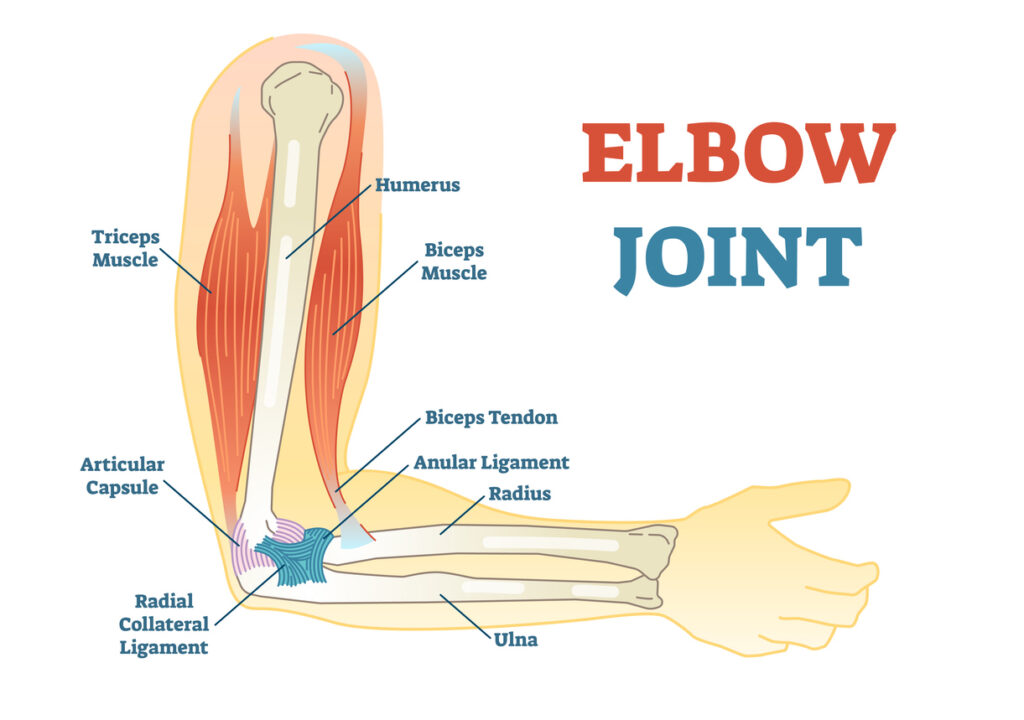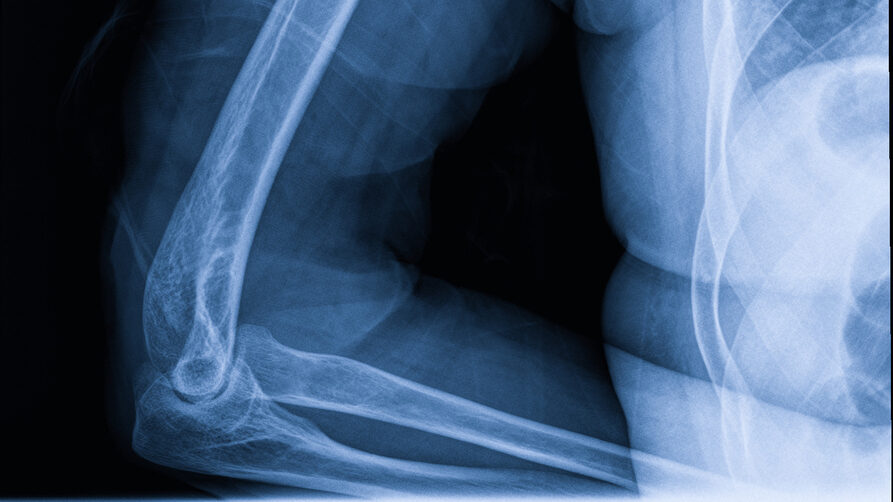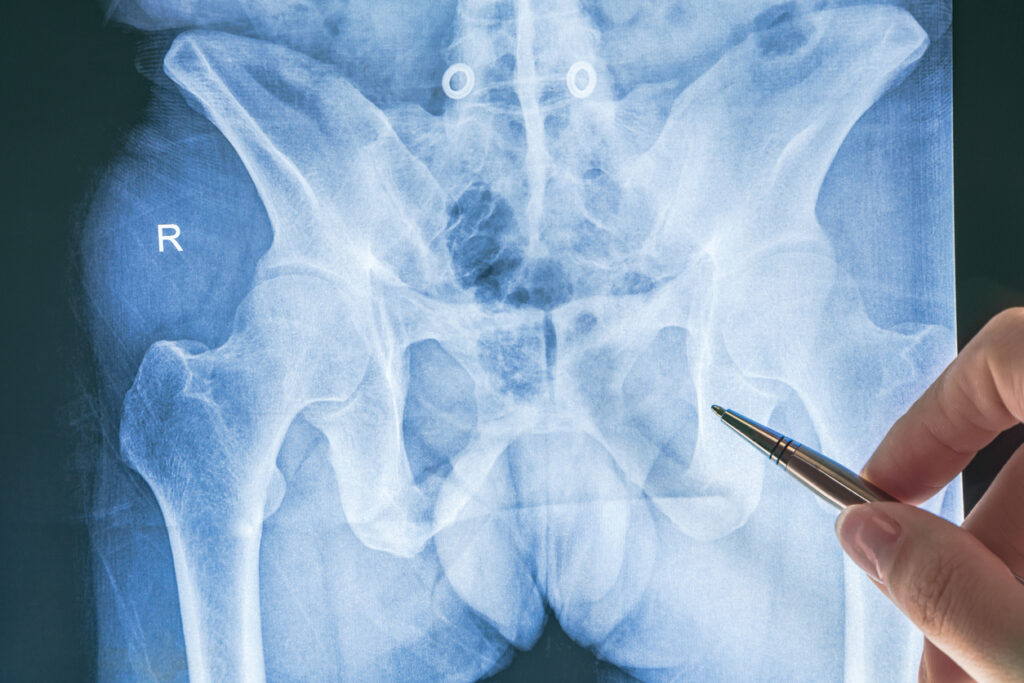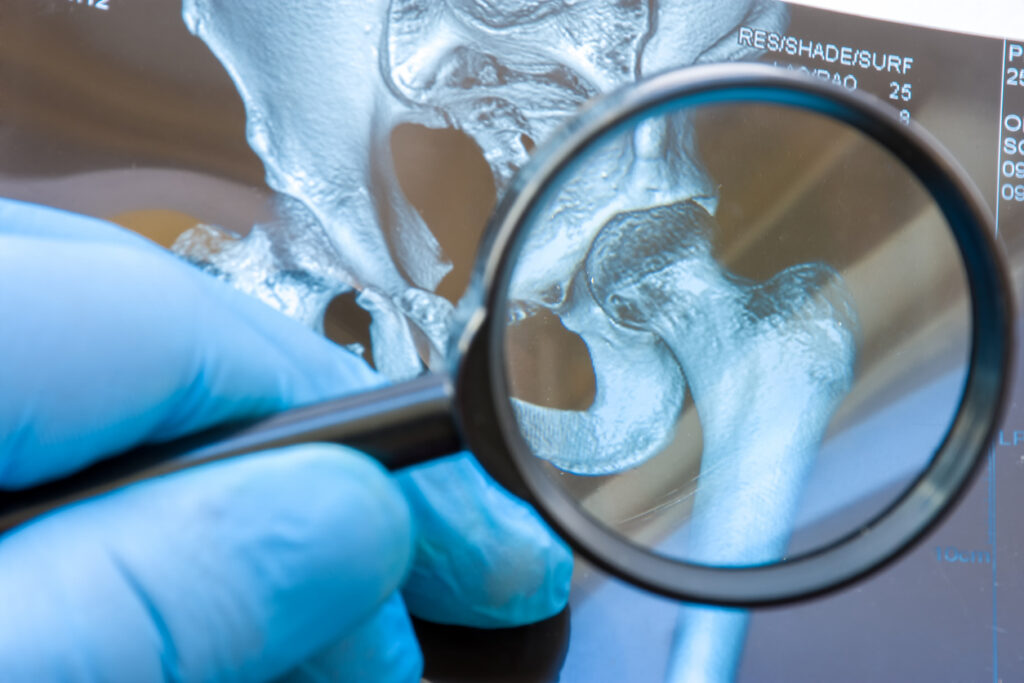Shoulder and elbow injuries can significantly affect mobility, strength, and daily function. Two common conditions that often bring patients to the clinic are biceps tendon injuries and distal humerus fractures. While both involve the elbow region, they differ in cause, severity, and treatment approach. In this comprehensive guide, we’ll explore how these injuries occur, the symptoms to watch for, and the most effective treatment options available to support recovery and restore function. Early recognition and proper care are essential to prevent long-term complications and achieve the best outcomes.
Biceps Tendon Injuries
Biceps tendon injuries include tendonitis, which is inflammation of the tendon, and ruptures, which involve partial or complete tearing. Tendonitis often develops due to repetitive overhead movements or age-related wear and tear, gradually weakening the tendon. Ruptures typically occur when the tendon tears near the elbow and are more severe, frequently requiring surgical repair.
Several factors can contribute to biceps tendon injuries. Repetitive use from sports such as baseball, tennis, or weightlifting can strain the tendon over time, while age-related degenerative changes may weaken the tissue. Shoulder problems, including rotator cuff tears, can place additional stress on the biceps tendon, and lifestyle factors such as smoking or corticosteroid use may further increase the risk. Acute trauma, such as a sudden force or lifting heavy objects, can also cause partial or complete tendon ruptures.

Symptoms of Biceps Tendon Injuries
Biceps tendon injuries can range from mild inflammation to complete tendon ruptures, and recognizing the signs early is essential for proper treatment:
- Pain: Front-of-elbow pain that worsens with activity, particularly during lifting, gripping, or overhead movements, and may persist even at rest in more severe cases.
- Swelling and Bruising: Often appears around the elbow shortly after injury, especially in ruptures, and may spread down the forearm.
- Weakness: Difficulty bending the elbow or rotating the forearm, making daily activities such as lifting objects, turning doorknobs, or performing household tasks challenging.
- Visible Deformity: In complete ruptures, the biceps may bulge near the upper arm (“Popeye deformity”), and the contour of the muscle may look uneven or retracted.
- Limited Function: Challenges performing tasks that require arm strength or precision, including sports activities, lifting children, or carrying groceries.

Treatment Options for Biceps Tendon Injuries
Treatment for biceps tendon injuries depends on the severity of the condition, ranging from inflammation to complete rupture:
- Conservative Care: Rest, ice, anti-inflammatory medications, and guided physical therapy help reduce inflammation, promote healing, and strengthen the tendon in cases of tendonitis or partial tears.
- Surgical Repair: Complete distal ruptures often require surgery to reattach the tendon, restore proper arm function, and prevent long-term weakness or deformity.
- Immobilization: Short-term bracing or splinting after surgery protects the tendon during early healing and reduces strain on the repaired tissue.
- Rehabilitation: Progressive exercises under the supervision of a physiotherapist help patients regain strength, flexibility, and a full range of motion.
- Recovery Timeline: Most patients gradually regain near-normal strength and functionality within several months, though recovery varies depending on injury severity and adherence to rehabilitation protocols.
Distal Humerus Fractures of the Elbow
Distal humerus fractures are breaks in the lower portion of the upper arm bone near the elbow, causing pain, swelling, and reduced mobility. These fractures can affect elbow stability and function, making everyday activities like bending or lifting difficult. The severity of the fracture determines the treatment approach, which may include immobilization, rehabilitation, or surgery to restore strength and range of motion.
Distal humerus fractures typically result from high-impact trauma, such as falls, car accidents, or sports-related injuries. In older adults, even minor falls can lead to fractures if the bones are weakened by conditions like osteoporosis. These fractures can also occur from sudden twisting or forceful impact to the elbow, making both accidental injuries and age-related bone fragility important contributing factors.

Symptoms of Distal Humerus Fractures
Distal humerus fractures can significantly impact elbow function, and recognizing the warning signs early helps ensure prompt and appropriate care:
- Pain: Severe pain around the elbow that intensifies with movement or pressure, often making even small motions uncomfortable.
- Swelling and Bruising: Rapid swelling and discoloration around the elbow, which may extend into the forearm or upper arm.
- Deformity: Visible misalignment or abnormal positioning of the arm, especially in displaced or severe fractures.
- Limited Range of Motion: Difficulty bending, straightening, or rotating the elbow, which can hinder daily activities and tasks.
- Weakness or Instability: Reduced strength or a feeling that the elbow is unstable, making it hard to lift objects or bear weight with the affected arm.
Treatment Options for Distal Humerus Fractures
The approach to treating distal humerus fractures depends on the type, severity, and stability of the fracture:
- Non-surgical Management: Stable, non-displaced fractures may be treated with casting or splinting to immobilize the elbow while the bone heals.
- Surgical Repair: Displaced or unstable fractures often require surgery, using plates, screws, or pins to realign and stabilize the bone.
- Minimally Invasive Approaches: In selected cases, procedures such as elbow arthroscopy can reduce surgical trauma while allowing precise repair.
- Rehabilitation: Guided physical therapy helps restore range of motion, strength, and function after immobilization or surgery.
- Recovery Timeline: Healing can take several weeks to months, with gradual return to normal daily activities and strength-building exercises under professional supervision.
Contact Us
Both biceps tendon injuries and distal humerus fractures can significantly impact arm strength, mobility, and daily function. Early diagnosis and proper treatment are essential to prevent long-term complications and ensure the best possible recovery. With appropriate care ranging from conservative management and guided rehabilitation to surgical repair most patients can regain strength, flexibility, and near-normal function. If you are experiencing persistent pain, limited motion, or suspect a serious injury to your shoulder or elbow, it is important to seek expert evaluation. Schedule a consultation with Peter Howard, M.D., to receive personalized care and a treatment plan tailored to your specific needs.


